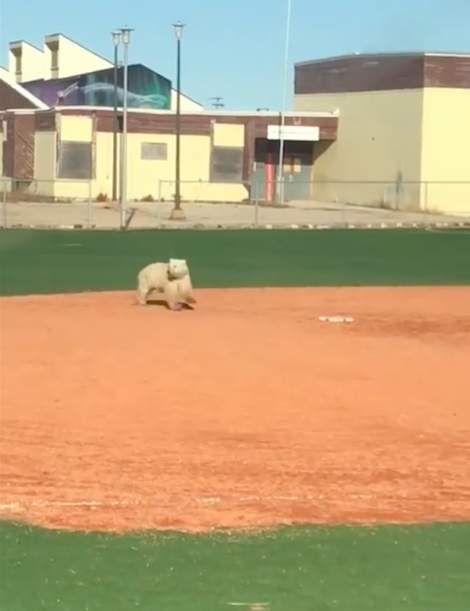There’s forensic science behind investigations of animal abuse
April is Animal Cruelty Awareness Month and to kick off the campaign, the Edmonton Humane Society has been holding an interactive crime scene investigation. The makeshift scene help children and parents the tools they’ll need to assess scenarios and identify how they can help animals in need.
We rely on the public to be our eyes and ears in the community,” said Officer B. Grey, EHS Animal Protection. “Without the public’s assistance, we would not be able to remove animals from unthinkable situations and help them find loving, lasting homes.”
The St. Albert Gazette sent a reporter to cover the crime scene and Kevin Ma filed this report.
There’s a litter-box stuffed with faeces near a scratching post in this dark room. Old papers and trash litter the floor, along with an empty food and water dish. Pet beds and boxes rest haphazardly on shelves and chairs. Hidden away in this sorry mess are scores of neglected kittens – you can hear their mews of distress.
It’s a typical animal abuse crime scene, said B. Grey, a peace officer with the Edmonton Humane Society, with two important differences: the cats and poop are fake, and there’s no bat-to-the-face stench of cat urine when you walk into it. (The mews are a recording.)
Edmonton Humane Society also hosts a Watchdog program designed to help people identify and report animal cruelty and neglect in their communities.




